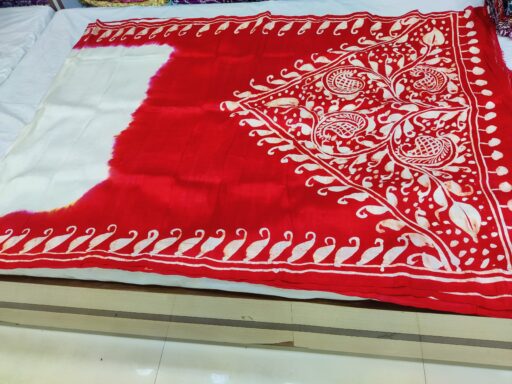The Timeless Art of Persian Carpet Weaving

Image credit: VCG PHOTOS
For millennia, Persian carpets have been interwoven with the cultural fabric of Iran, serving both as practical household items and revered art forms. Boasting a history that spans at least 2,500 years, these carpets stand as one of Iran’s most enduring and celebrated handicrafts. The art of carpet weaving is so deeply ingrained in Iranian culture that in 2010, UNESCO added the “traditional skills of carpet weaving” in Fars Province and Kashan to its Intangible Cultural Heritage list.
Renowned Regions of Persian Carpet Weaving
While many regions in Iran produce exceptional carpets, the weavers of Fars and Kashan are particularly renowned for their expertise. These areas are celebrated for their distinct styles and techniques, contributing significantly to the Persian carpet’s global reputation. Other notable regions include Tabriz, Kerman, Mashhad, Isfahan, Nain, and Qom.
The Craftsmanship of Fars Province
In Fars Province, the carpet-making process is a testament to traditional craftsmanship and defined gender roles. Local men shear wool in spring or autumn and construct the carpet loom—a horizontal frame placed on the ground. Women then take charge of converting the wool into yarn using spinning wheels.
A hallmark of Persian carpets is the use of natural dyes. Vibrant reds, blues, browns, and whites are derived from sources such as madder, indigo, lettuce leaf, walnut skin, cherry stem, and pomegranate skin. This commitment to natural materials contributes to the carpets’ rich, enduring colors.
Women’s Role in Weaving
Women play a crucial role in the design and weaving process. They are responsible for color selection and often incorporate scenes from their nomadic lives into the carpets. Remarkably, they weave without any pre-drawn design or cartoon, ensuring that no two carpets are ever exactly alike. This freehand technique showcases the weavers’ creativity and skill.
The weaving process involves tying colored yarn to the wool web to create the intricate designs of the carpet. Once the weaving is complete, the sides are sewn, excess wool is burned away to enhance the patterns, and the carpet undergoes a final cleaning.
Passing Down the Tradition
Knowledge transfer is vital to this tradition. Skills are passed down orally and through demonstration, with mothers training their daughters in the use of materials, tools, and weaving techniques, while fathers teach their sons the arts of wool shearing and loom construction.
Evolution and Future of Persian Carpet Weaving
As we look to the future, the art of Persian carpet weaving continues to evolve. While traditional techniques and designs remain at the core of the craft, new generations of weavers are infusing fresh ideas and innovations into their work. Drawing inspiration from nature and the world around them, these modern artisans ensure that this ancient art form remains relevant and captivating in the modern world.
In conclusion, Persian carpets are not merely floor coverings but are treasured artifacts that tell the story of a rich cultural heritage. The dedication to traditional methods, the use of natural dyes, and the personal touch of each weaver make every Persian carpet a unique masterpiece. This enduring craft continues to captivate and inspire, securing its place as a timeless symbol of Iranian art and culture.
Bidisha Ghosh, Staff Reporter









